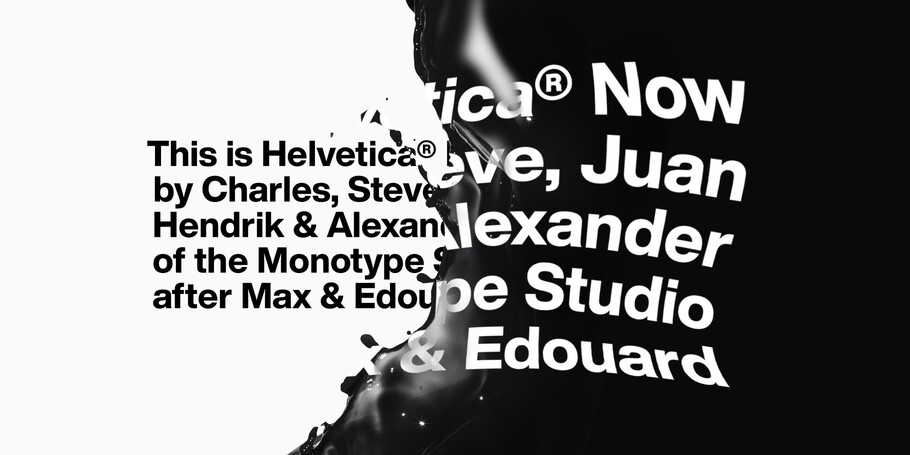

They merely used this font as an example of an “easily readable typeface” in their formatting recommendations. The thing is, MLA doesn’t require Times New Roman, and neither does Chicago Style. (please correct me if I’m wrong: I’d love to know what fonts were preferred in other countries!) following the MLA or Chicago style required a Times New Roman, 12 pt font.
#BUY HELVETICA FONT WINDOWS#
On top of Times New Roman showing up on everyone’s Windows computer as the default font, most printed school assignments in the U.S. So why was Times New Roman one of the chosen few? Because in the early computer days, most documents were printed, and this serif font was widely available and designed for print. They both made sets of the typeface available, just under two slightly different names: Apple chose Linotype’s Times Roman and Microsoft chose Monotype’s Times New Roman.) (Fun fact: Times New Roman and New Roman are essentially the same font, but the original typeface hardware for The Times‘s font was created jointly by, you guessed it-Monotype and Linotype. Thus Microsoft’s core fonts were Times New Roman, Arial, and Courier New, and Apple’s core fonts were Times Roman, Helvetica, and Courier. Microsoft used Monotype, and Apple used Linotype. Their core fonts would have been more identical…except each computer giant licensed their fonts from different typesetting companies.
#BUY HELVETICA FONT SOFTWARE#
This would essentially standardize fonts and printer software across the two operating systems, which were respectively named TrueType and TrueImage.

Microsoft’s Principle Software Engineering Manager, Greg Hitchcock, wrote extensively about Microsoft and Apple’s cross-license agreement for font technology back in 1989. We have Microsoft and Apple to thank for that. Stempel AG was later absorbed by the Linotype Company (this will be important later, stay with me). Stempel AG to manufacture Helvetica for traditional print and widespread reach. Haas type foundry eventually made a deal with German type foundry D. Max Miedinger designed the sans serif typeface to revitalize the company’s sans serif offerings with something more modern and international, since their current selection wasn’t doing so hot. Helvetica originated in Münchenstein, Switzerland, in 1957 as a commission for the Swiss Haas type foundry. According to the New York Public Library, monthly magazine Woman’s Home Companion was the first to adopt Times New Roman in 1941, and the Chicago Sun-Times started using it in 1953. The Times owned exclusive rights to their font for about a year, and then it slowly began to take off with American publishers a few years later. He was given the challenge of rebranding London’s newspaper The Times with a fresh new font, and worked with draftsman Victor Lardent to create a serif font that was efficient, in order to maximize the amount of words that could fit in a line and on a page (very important for a newspaper), and readable, since print newspapers go pretty darn small with their font sizes. Times New Roman was introduced to the world in 1932 by type designer Stanley Morison.


 0 kommentar(er)
0 kommentar(er)
